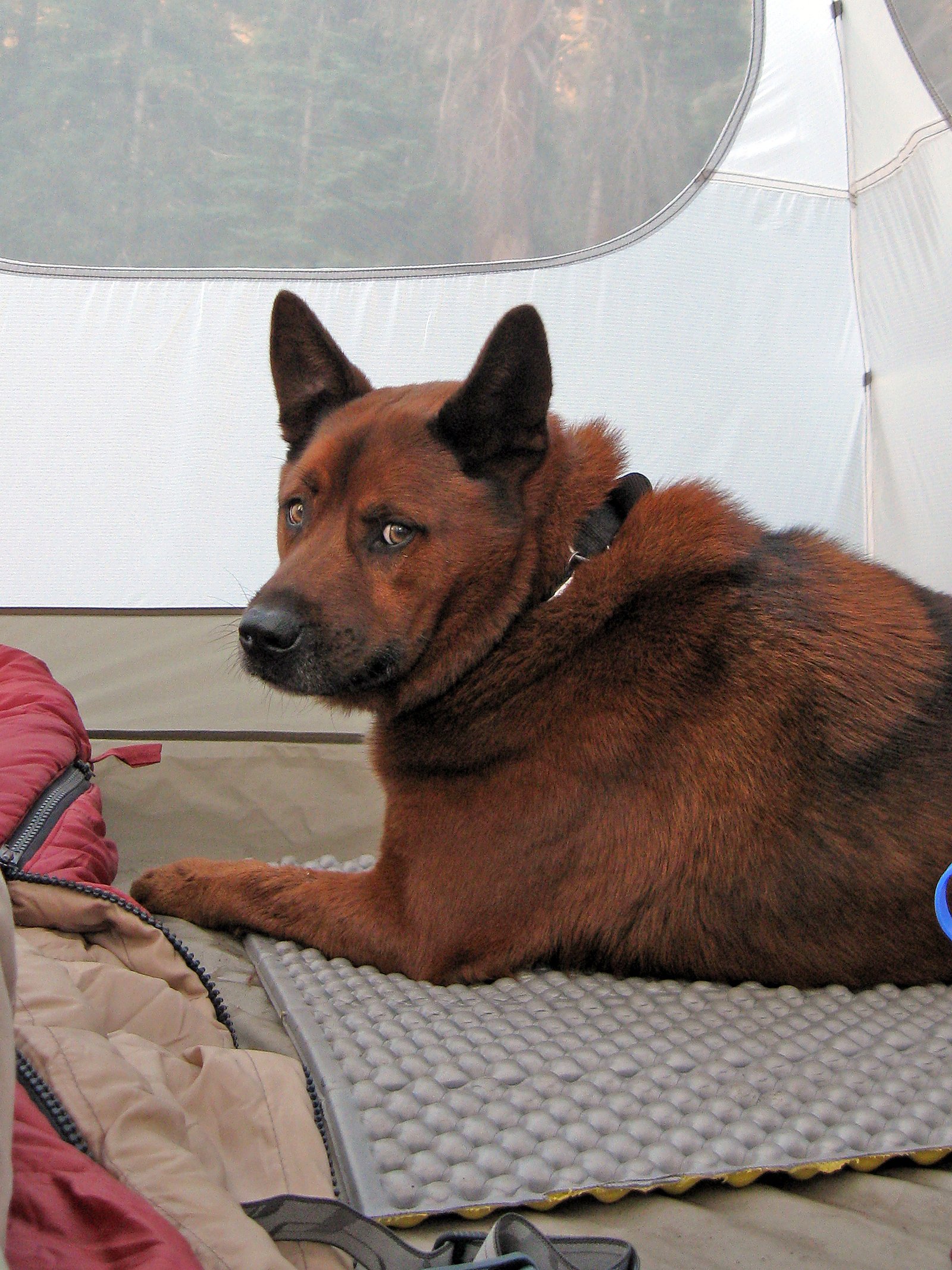Have you ever wondered if your beloved dog is truly happy? Dogs are masters at hiding their feelings, but sometimes, what seems like a simple yawn or a quiet moment could be a silent cry for help. Just imagine: your loyal companion spends every day with you, unable to tell you in words how they really feel. It’s up to us, their humans, to notice those subtle signs. The good news is, with a little attention and care, you can uncover the clues that reveal your dog’s emotional state. Let’s dive into the surprising, sometimes heartbreaking signals that might mean your dog isn’t as happy as you think.
Changes in Appetite
One of the first warning signs that something is off with your dog is a change in their eating habits. Dogs are creatures of habit, so if your pup suddenly loses interest in food or eats less than usual, it’s often a red flag. On the flip side, some dogs might eat more out of boredom or stress, just like people who reach for snacks when they’re feeling down. Skipping meals, sniffing food and walking away, or even sudden weight changes can all point to emotional distress. Watch for patterns—has your dog’s appetite changed for more than a day or two? Remember, while illness can also cause appetite changes, persistent disinterest in food often has an emotional root.
Lack of Interest in Play
Dogs live for playtime, from chasing balls to tugging on toys. If your once-energetic pup seems uninterested in their favorite games, it’s a strong sign something’s wrong. This lack of enthusiasm could stem from sadness, anxiety, or even depression. When a dog ignores toys, avoids fetch, or doesn’t get excited for walks, it’s like a child who stops wanting to play with friends. Imagine seeing your dog turn away from the leash or their squeaky toy—that’s a signal worth paying attention to. Changes in play behavior often reveal deeper emotional issues that shouldn’t be ignored.
Excessive Sleeping or Lethargy
Is your dog sleeping more than usual or lying around all day? While naps are normal, especially for older dogs, too much sleep can indicate unhappiness. Lethargic dogs might not greet you at the door, follow you around, or perk up for treats. Instead, they might seem disconnected, spending hours in bed or their favorite corner. This shift can be heartbreaking to witness, as it’s a dog’s way of withdrawing from the world. It’s important to notice these changes early, as lethargy can also be linked to health problems, but emotional distress is often at the core.
Unusual Aggression or Irritability
Has your loving dog started snapping, growling, or acting out of character? Dogs in emotional pain can become irritable or aggressive, even toward people they trust. This might be their way of expressing frustration or insecurity. Sudden changes in temperament, like snapping during grooming or growling when approached, are big warning signs. Think of it like a person who lashes out when overwhelmed—they don’t mean to hurt anyone, but they can’t control their feelings. If your dog’s fuse seems shorter than usual, it’s time to look closer at what might be bothering them.
Destructive Behavior

Chewed shoes, shredded pillows, and gnawed furniture can be more than just naughty behavior—they might be cries for help. Dogs left alone for long periods or feeling neglected often turn to destruction as an outlet for their anxiety or sadness. It’s not just puppies who act out; even well-trained adult dogs can become destructive if they’re unhappy. This is their way of coping with their emotions, just like a stressed person might bite their nails or pace the room. If destruction becomes a pattern, it’s a clear sign your dog is struggling emotionally.
Over-Grooming or Self-Injury
When dogs are unhappy, they sometimes turn their anxiety inward. One of the most distressing signs is excessive licking, biting, or chewing at their own fur or skin. This can lead to bald patches or even sores. Over-grooming is a dog’s way of self-soothing, but it can quickly become harmful. If you notice your dog licking the same spot repeatedly or pulling out fur, it’s not just a bad habit—it’s a red flag. Addressing the underlying emotional pain is crucial before the behavior leads to serious health issues.
Withdrawal or Hiding

Dogs are social animals, so a sudden desire to be alone is unusual. If your dog starts hiding under beds, in closets, or behind furniture, it’s a sign they’re feeling overwhelmed or unhappy. Withdrawal can also mean they avoid petting, eye contact, or time with the family. Picture a dog who usually loves cuddles now slinking away when you reach out. This emotional retreat is heartbreaking to see and shouldn’t be ignored. It’s as if your dog is saying, “Please give me space—I’m not okay.”
Excessive Barking or Whining

Sometimes, a dog’s unhappiness comes out loud and clear. If your dog is barking, whining, or howling more than usual, especially when you leave the house, it could be a sign of distress. This vocalization is their way of seeking attention or expressing anxiety. Imagine a dog who barks at every little noise or whines when left alone—it’s not just being talkative. These sounds are often pleas for comfort or reassurance, signaling something deeper is wrong.
Changes in Body Language
Dogs communicate a lot without saying a word. Watch for subtle shifts in body language: a tucked tail, flattened ears, or cowering posture can all signal unhappiness. Some dogs may avoid eye contact, tremble, or carry themselves with less confidence than usual. These physical cues are as telling as words—they reveal your dog’s inner world. If your usually confident pup seems suddenly timid or anxious, pay close attention to what their body is saying.
Loss of House Training

A sudden return to accidents in the house, especially in a previously house-trained dog, can indicate emotional distress. Dogs might urinate or defecate indoors when they’re anxious, scared, or unhappy. This isn’t about being naughty—it’s a loss of control often triggered by stress. If your dog starts having accidents, especially after a big change at home, it’s important to look for emotional triggers. It’s their way of signaling that something in their world doesn’t feel right.
Clinginess or Separation Anxiety

Some dogs respond to unhappiness by becoming overly attached, following their owners everywhere or showing distress when left alone. Clingy behavior might look cute at first, but it often masks deeper anxiety. Dogs suffering from separation anxiety might pace, whine, or even try to escape when you leave. This desperate need for constant reassurance shows they’re not comfortable or secure. If your dog can’t bear to be apart from you, it’s time to consider what’s causing their distress.
Sudden Changes After Life Events

Big changes in your dog’s environment can trigger unhappiness. Moving to a new home, the arrival of a new family member, or the loss of a companion pet can all leave your dog feeling lost or unsettled. Watch for shifts in behavior after these events—unhappiness can show up as any of the signs above, sometimes weeks later. Dogs need time and support to adjust, and their emotions can be just as complex as ours. Recognizing the impact of life changes is key to helping your dog bounce back and find joy again.

Esther is from India; the heartbeat of South Asia, holding a Master’s degree in Zoology and a postgraduate diploma in Animal Welfare. Her enthusiasm for animal welfare drives her passion and dedication to working for animals, ensuring their well-being, and advocating for their rights. With a solid academic background and hands-on experience, she is committed to making a positive impact in the field of animal welfare. In her free time, she enjoys embroidery and sewing. As a Chennaite from Tamil Nadu, Esther loves Bharathanatyam, an Indian classical dance form.





